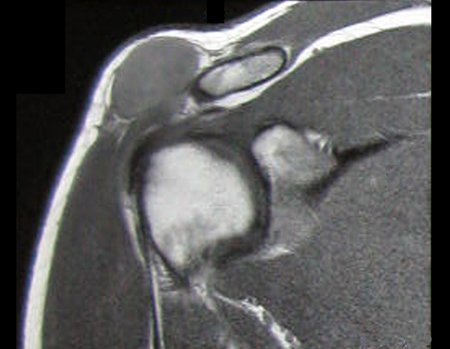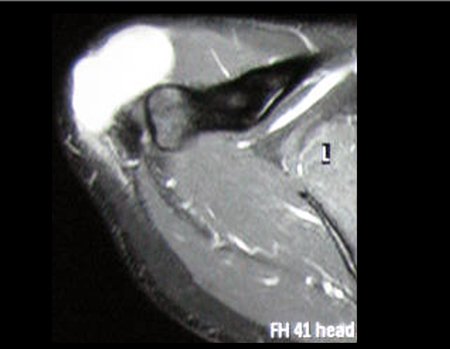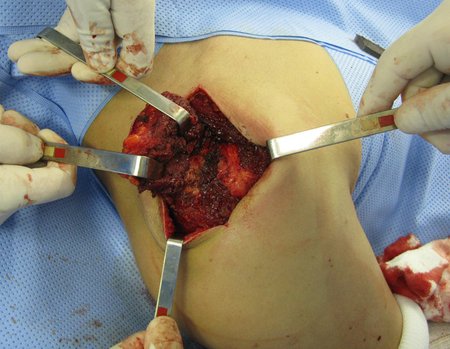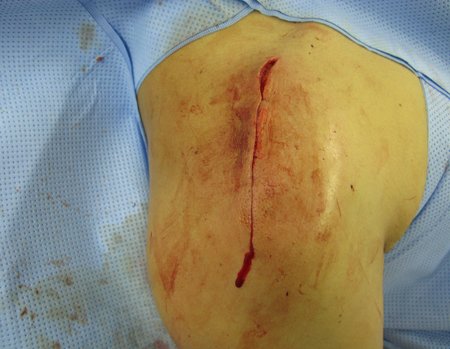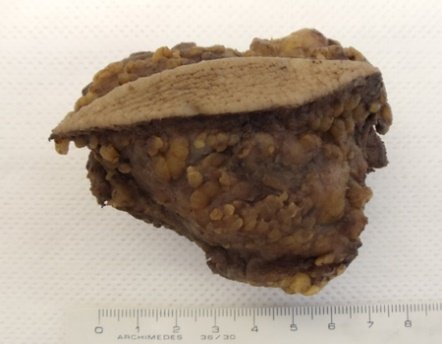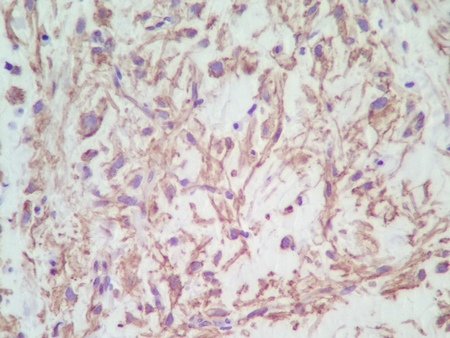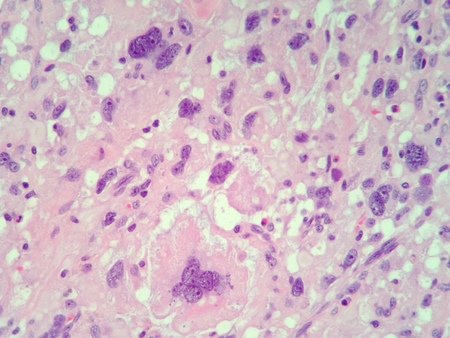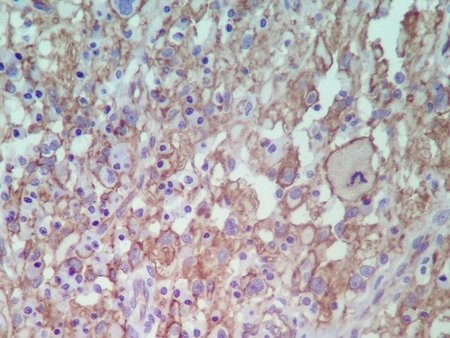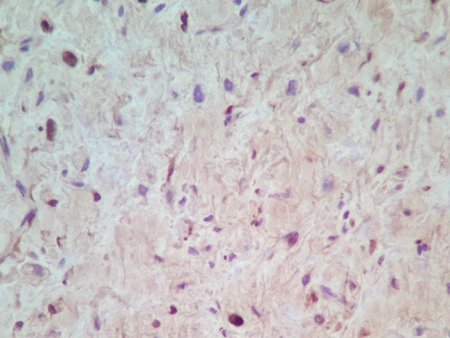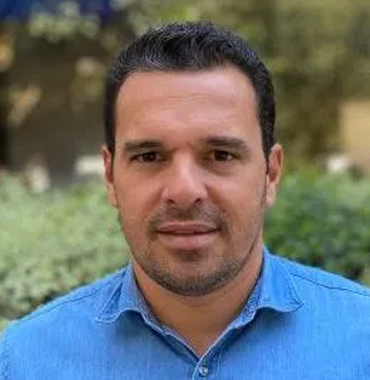
Soft Tissue Sarcoma of the Shoulder
Soft tissue sarcoma of the shoulder. A 29-year-old male patient reports the appearance of a nodule on his right shoulder eight months ago.
In August 2014, an ultrasound was performed, figures 3 and 4.
This exam is operator dependent, and we are responsible for limiting the report carried out. There is a need for magnetic resonance imaging, which is the best imaging test for soft tissue tumors.
An MRI was then performed, the main images of which are shown in figures 5 to 10.
In October 2014, a needle biopsy was performed, guided by ultrasound, the pathology reports and the requested review are shown in figures 11 and 12, respectively.
With these data, the patient was referred for our evaluation and management.
We performed surgical resection of the lesion, en bloc, with a wide margin, resecting the skin and the biopsy path and having as a deep margin the periosteum of the acromion and the distal end of the right clavicle, figures 13 to 25.
Authors of the case
Author: Prof. Dr. Pedro Péricles Ribeiro Baptista
Orthopedic Oncosurgery at the Dr. Arnaldo Vieira de Carvalho Cancer Institute
Office : Rua General Jardim, 846 – Cj 41 – Cep: 01223-010 Higienópolis São Paulo – SP
Phone: +55 11 3231-4638 Cell:+55 11 99863-5577 Email: drpprb@gmail.com





